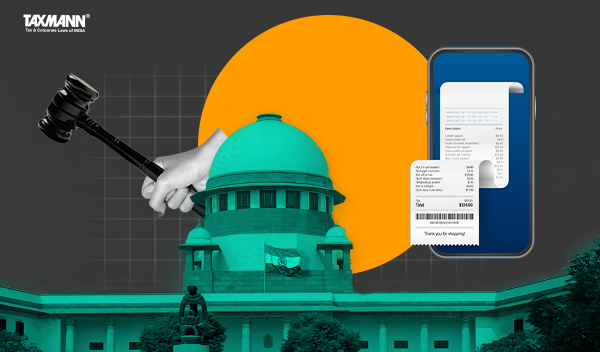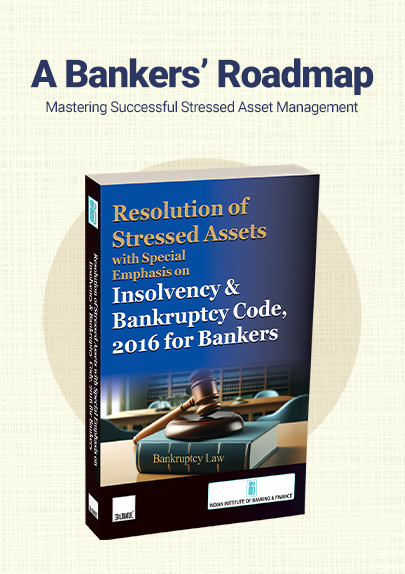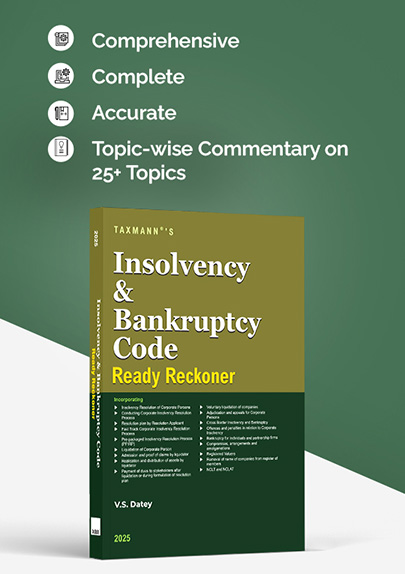Order Imposing Penalty to Be Set Aside as E-Way Bill Was Produced Before Seizure Order Was Passed and There Was No Intention to Evade Tax | HC
- Blog|News|GST & Customs|
- 2 Min Read
- By Taxmann
- |
- Last Updated on 5 March, 2025
Case Details: Osr Creation vs. State of U.P. - [2025] 171 taxmann.com 745 (Allahabad)
Judiciary and Counsel Details
- Piyush Agrawal, J.
-
Pranjal Shukla, for the Petitioner.
Facts of the Case
The assessee, a proprietorship concern engaged in the manufacturing and trading of furniture, operated from Krishna Nagar, East Delhi, under GSTIN No. 07AKFPRF921G1Z2. In the normal course of business, the assessee sold goods to a company in NOIDA. During transit, the goods were intercepted and detained on the grounds of unavailability of an e-way bill. The assessee contended that the e-way bill was generated before the detention and seizure order was passed. Despite this, the authorities imposed a penalty under Section 129 of the Central Goods and Services Tax Act, 2017, without considering the material on record. The assessee challenged the penalty order before the Additional Commissioner, SGST, (Appeal-III), Noida, Gautam Buddha Nagar, which upheld the order. Subsequently, the assessee filed a writ petition before the Hon’ble Allahabad High Court, asserting that the e-way bill was presented before the passing of the seizure order and that there was no intention to evade tax.
High Court Held
The Hon’ble Allahabad High Court held that at the time of interception, the e-way bill was not available with the goods, justifying the initial detention and issuance of notice. However, the assessee submitted the e-way bill along with the reply to the show cause notice before the seizure order was passed. The Court observed that none of the authorities recorded any finding regarding an intention to evade tax or identified any defect in the e-way bill. It was held that once the e-way bill was produced before the passing of the seizure order, no contravention of law could be established. Accordingly, the penalty order was quashed, and the writ petition was allowed. The Court directed that any amount deposited by the assessee be refunded in accordance with law.
List of Cases Reviewed
- Bans Steel v. State of U.P. [2024] 165 taxmann.com 569 (Allahabad) (para 14) followed
- Akhilesh Traders v. State of U.P. [2024] 160 taxmann.com 94 (Allahabad) (para 12), distinguished
Disclaimer: The content/information published on the website is only for general information of the user and shall not be construed as legal advice. While the Taxmann has exercised reasonable efforts to ensure the veracity of information/content published, Taxmann shall be under no liability in any manner whatsoever for incorrect information, if any.

Taxmann Publications has a dedicated in-house Research & Editorial Team. This team consists of a team of Chartered Accountants, Company Secretaries, and Lawyers. This team works under the guidance and supervision of editor-in-chief Mr Rakesh Bhargava.
The Research and Editorial Team is responsible for developing reliable and accurate content for the readers. The team follows the six-sigma approach to achieve the benchmark of zero error in its publications and research platforms. The team ensures that the following publication guidelines are thoroughly followed while developing the content:
- The statutory material is obtained only from the authorized and reliable sources
- All the latest developments in the judicial and legislative fields are covered
- Prepare the analytical write-ups on current, controversial, and important issues to help the readers to understand the concept and its implications
- Every content published by Taxmann is complete, accurate and lucid
- All evidence-based statements are supported with proper reference to Section, Circular No., Notification No. or citations
- The golden rules of grammar, style and consistency are thoroughly followed
- Font and size that’s easy to read and remain consistent across all imprint and digital publications are applied





 CA | CS | CMA
CA | CS | CMA


